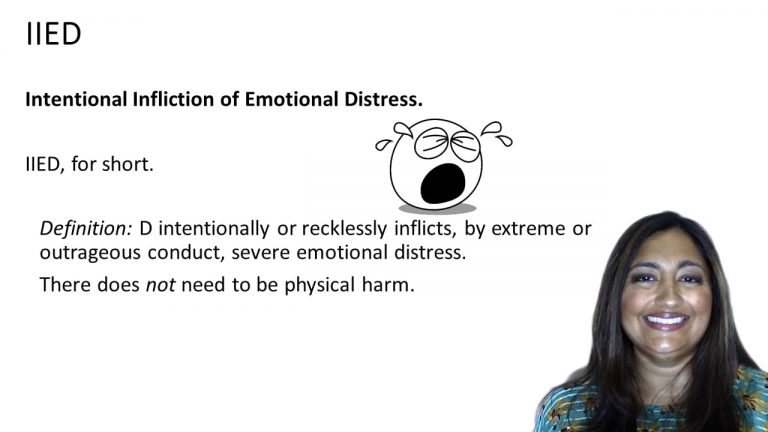SmartBrief
Confirm favorite deletion?
Torts Keyed to Franklin
Womack v. Eldridge
Citation:
215 Va. 338, 210 S.E.2d 145 (Va. 1974)Facts
Eldridge is a private investigator for attorneys. Seifert and his attorney hired Eldridge to get a photo of Womack to use in a sexual molestation case. To get the photo, Eldridge went to Womack’s house and posed as a news reporter writing an article on Skateland, where Womack worked as a coach.
Seifert and his attorney unsuccessfully used the photograph in the trial to help the young boys identify Womack as the man who molested them. The prosecutor asked to see the photograph and have additional information about Womack, which Eldridge supplied on the stand. Apparently, Womack was only targeted because he was at Skateland while Seifert was arrested, but the offenses charged did not occur at Skateland.
Thereafter, Womack was called multiple times as a witness for Seifert’s case, suffering great shock, distress, and nervousness because of Eldridge’s fraud and deceit and how his community might perceive him.
Only StudyBuddy Pro offers the complete Case Brief Anatomy*
Access the most important case brief elements for optimal case understanding.
*Case Brief Anatomy includes: Brief Prologue, Complete Case Brief, Brief Epilogue
- The Brief Prologue provides necessary case brief introductory information and includes:
Topic:
Identifies the topic of law and where this case fits within your course outline.Parties:
Identifies the cast of characters involved in the case.Procedural Posture & History:
Shares the case history with how lower courts have ruled on the matter.Case Key Terms, Acts, Doctrines, etc.:
A case specific Legal Term Dictionary.Case Doctrines, Acts, Statutes, Amendments and Treatises:
Identifies and Defines Legal Authority used in this case.
- The Case Brief is the complete case summarized and authored in the traditional Law School I.R.A.C. format. The Pro case brief includes:
Brief Facts:
A Synopsis of the Facts of the case.Rule of Law:
Identifies the Legal Principle the Court used in deciding the case.Facts:
What are the factual circumstances that gave rise to the civil or criminal case? What is the relationship of the Parties that are involved in the case.Issue(s):
Lists the Questions of Law that are raised by the Facts of the case.Holding:
Shares the Court's answer to the legal questions raised in the issue.Concurring / Dissenting Opinions:
Includes valuable concurring or dissenting opinions and their key points.Reasoning and Analysis:
Identifies the chain of argument(s) which led the judges to rule as they did.
- The Brief Prologue closes the case brief with important forward-looking discussion and includes:
Policy:
Identifies the Policy if any that has been established by the case.Court Direction:
Shares where the Court went from here for this case.
Topic Resources
Topic Outline
Topic Refresher Course

 5m 0s
5m 0s